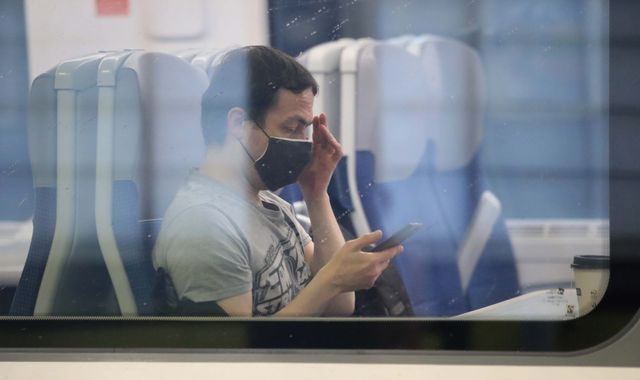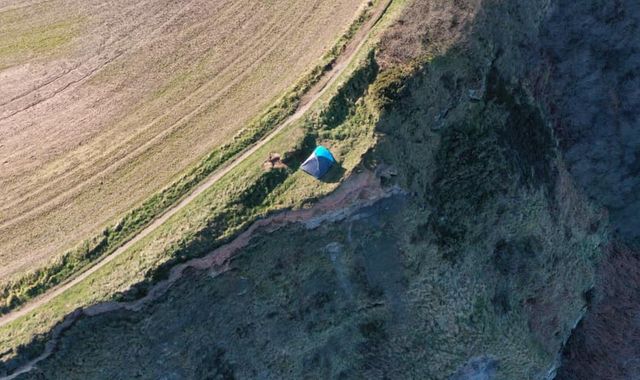Met Police rolls out head cameras for armed officers
Written by News on 15/08/2017
Body-worn video cameras are finally being rolled out to firearms teams – more than three years after the Metropolitan Police agreed to issue armed officers with the devices.

About 1,000 cameras are being issued to armed response officers across the capital, bringing them into line with other frontline officers wearing the devices.
In January 2014, the then Met commissioner Sir Bernard Hogan-Howe promised armed units would routinely deploy with the recording devices.
Sir Bernard was responding to the outcome of the inquest into the fatal shooting of Mark Duggan, in Tottenham, north London.
The 29-year-old’s death in August 2011 sparked widespread rioting across the capital and in several other English cities, with Mr Duggan’s family and friends refusing to believe the police version of events.
The Independent Police Complaints Commission said issuing armed officers with the cameras would help provide greater clarity in future armed incidents.
However, it has taken three years of trials to come up with a system the police believe is suitable for the force’s firearms command.
The small cameras are different in design to the recording devices worn on the upper body of other frontline police officers.
The armed police cameras will be worn on the officers’ helmets, or their police issue baseball caps.
Mounting the cameras on headgear has become the preferred option for firearms teams, after testing revealed the view of cameras positioned on the upper torso was often blocked by an officer’s arms when they raised their weapon.
The IPCC urged the Met to urgently find a solution to the problem after another police-involved shooting in south London in 2015.
Armed officers, who shot and injured Nathaniel Brophy, 34, were trialling video cameras, but the positioning of the devices on their bodies obscured the images at the point when the officers opened fire.
After extensive testing, senior Met officers now believe they have a more robust and workable solution.
Commander Matt Twist, in charge of Firearms Command, said: "Officers who carry an overt firearm as part of their role very much welcome the use of body-worn video.
"It provides a documented and accurate account of the threats officers face and the split-second decisions they make. The cameras also offer greater transparency for those in front of the camera as well as those behind it."
Other forces will be monitoring the effectiveness of head-mounted cameras, as they also roll out video cameras to their armed teams.
In January, West Yorkshire Police was criticised after it emerged none of the firearms officers involved in the fatal shooting of a suspect on the M62 were wearing cameras.
The death of Huddersfield man Mohammed Yassar Yaqub sparked some disturbances in the days that followed.
In London, the Met has rolled out more than 17,500 body-worn cameras to frontline officers.
The cameras have been issued to frontline officers in 30 of the 32 boroughs, to officers from the Roads and Transport Policing Command, the Territorial Support Group and the Dog Support Unit. The remaining boroughs will be issued with cameras within the next few weeks.
Mayor Sadiq Khan said: "Body-worn video is a huge step forward in bringing our capital’s police force into the 21st century and building trust and confidence in the city’s policing.
"This technology is helping to drive down complaints against officers across London and will make a real difference to those carrying firearms, increasing accountability and helping to gather better evidence for swifter justice."
(c) Sky News 2017: Met Police rolls out head cameras for armed officers





